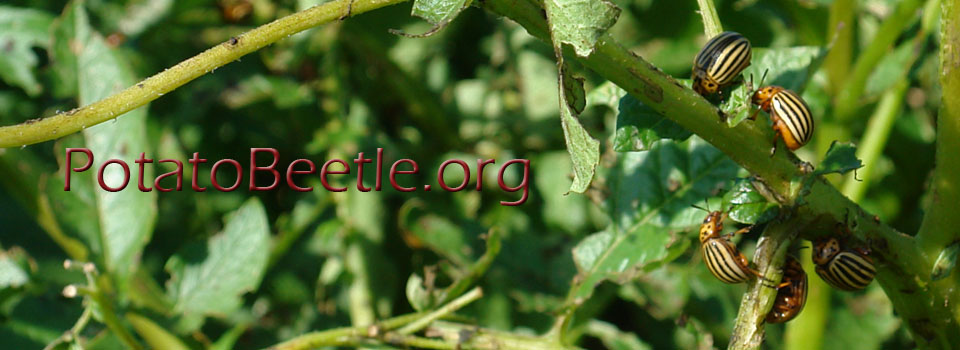Weber, D.C., Duan, J.J. & Haber, A.I. 2020 J Pest Sci https://doi.org/10.1007/s10340-019-01181-x
For Colorado potato beetle, an integrated approach including semiochemicals and other nonpesticidal tactics is essential to sustainable management. A volatile aggregation pheromone produced by male adult beetles is attractive to both females and males. Yet earlier research also indicates that males respond to a yet-unidentified female-produced sex pheromone. We investigated male Colorado potato beetle behavior on potato plants that had been exposed to females only, males only, mixed-sex groups, or no beetles (clean plants). During observation, these plants hosted no beetles except for the single experimental male beetle. These males (previously mated or unmated) responded very differently to female-exposed plants, spending longer time on these plants, undertaking characteristic active searching behavior, exploring more leaves per plant, and moving more rapidly between leaves, compared to male-exposed or unexposed plants. When presented with a three-way choice, males spent about five times longer on the female-exposed foliage, compared to either male-exposed or clean leaves. Searching parameters differed between mated and unmated males, but both showed similar reactions to female-exposed plants; there was little to no statistical interaction between male mated condition and plant treatment. Results strongly indicate the presence of a persistent female-produced pheromone significantly influencing male searching behavior and between-plant movement.
